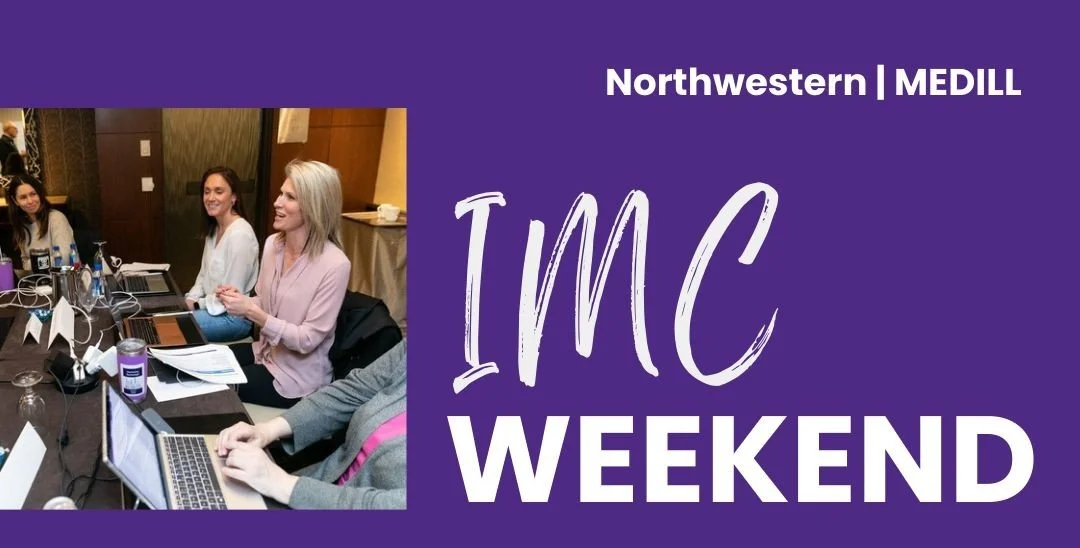KEY TAKEAWAYS FROM THE 2025 NORTHWESTERN UNIVERSITY MEDILL IMC CONFERENCE
This past month, Zapwater attended the Northwestern University Medill IMC Conference - Rethinking Stakeholder Value: Creators, Brands, and the Future of Work, and inaugural conference tackling topics ranging from creator campaigns and experiences to new strategies in the ever-evolving world of AI.
The 3-day experience brought together marketing, communications, media executives and scholars for networking, interactive panel discussions, and research-informed, practice-driven learning.
To kick things off, Northwestern revealed new research in partnership with LiketoKnow.it (LTK), a software development and digital media company that powers Creator businesses through affiliate marketing. The 2024 Creator Marketing Survey included feedback from marketing and communications professionals at companies with $10M+ revenue.
All companies face similar challenges, with the top three being they want to:
1. Expand to new audiences
2. Increase repeat purchases/bookings and
3. Drive brand recognition
Main Takeaway: It’s clear that creator marketing is not just about reach and impressions. Brands are seeking measurable impact and strategies that expand into new audiences to ensure tangible results.
A few other findings included:
Digital Marketing Budget Allocation
Digital represents 47% of total marketing budgets on average
Digital marketing budgets average $70M (health/wellness lowest at $29M), with health/wellness and tech/electronics investing the highest proportion of revenue in digital
76% report digital marketing budgets increased in 2024
Creator marketing ranked #2 in spending behind Connected TV (18% vs 45%)
Average creator marketing budget: $10M (approximately 0.5% of annual revenue)
36% of brands report increased investment this year
96% agree creator marketing will play larger role in company strategy
Main Takeaway: With creator marketing ranking second only to Connected TV in digital spend, clients and brands must adjust budgets that reflect its role in the marketing mix. Moving into 2026, we recommend companies continue to dedicate sufficient resources to both content creation and paid amplification, ensuring content visibility extends beyond organic reach.
Platform Usage & Integration Trends
Top spending platforms: Facebook #1, YouTube distant #2
90% already use creator content in social media ads
Average boosting across 3-4 different channels
1/3 of creator marketing budget allocated to boosting content
85% using or will use AI for creator content production
Live streaming identified as next major growth area (huge in Asia, emerging in US)
Retail media networks increasingly integrated with creator campaigns for first-party data access
Main Takeaways: The data shows brands average boosting across three to four channels. We now brands should consistently develop cross-platform strategies that amplify creator content where it will have the most relevance, optimizing paid spend to drive both awareness and conversion.
Also, live streaming and AI-generated content are poised for significant growth. In the months ahead, we’ll be speaking with our clients on how to pilot these formats now to build trust, operational processes, and audience familiarity before competitors fully embrace them.
Lastly, the integration of creator campaigns with retail media networks offers valuable first-party data for targeting and measurement. Our goal is to help clients navigate partnerships with these networks to better attribute sales and refine future influencer activations.
How are you leveraging these insights for your 2026 influencer marketing efforts and beyond? Reach out to our team to learn more about how we can level up your strategy.

